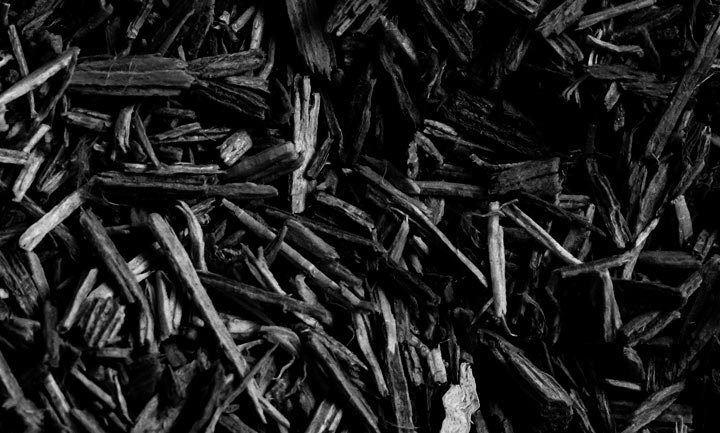One of the most desirable and rare raw ingredients found in perfumery is agarwood, popularly referred to as oud or oudh. The indescribably deep, woody, balsamic scent of oud comes from the immune defense of the Aquliaria tree species found throughout Southeast Asia.
When the light heartwood of the Aquliaria tree becomes infected with fungal disease, the tree combats infection by forming a dark, highly fragrant resin. It is this rich, resinous wood found within the core of the tree that is used across various methods to extract the powerful oud scent.
A precious fragrance, oud has been used for centuries, and is closely associated with many cultural and religious practices. Agarwood can be crafted into wooden beads for lightly scented jewelry and, similar to incense, the wood chips can be burnt to saturate interiors and clothing with the oud fragrance. Although, the most potent form of the fragrance can be experienced from pure oud essential oil. The benefits of oud range from its restorative and calming properties to its ability to improve mental clarity and act as an aphrodisiac. Apart from fragrance, agarwood is widely used for many natural medicinal purposes to cure digestive, respiratory, and generalized pain issues among others.
Only a small percentage of the Aquilaria trees naturally become infected and produce agarwood. The result is low yields surrounding the harvest of agarwood, making it one of the most expensive natural raw materials in the world. Although the scent of agarwood isn’t for everyone, the appreciation for oud throughout the Middle Eastern and Asian regions, and more recently European and Western markets, has steadily increased. Popular in niche perfumes and high-end ambient scenting applications, the composition of agarwood oil is particularly complex, with well over a hundred compounds identified. The scent is notably potent and can smell resinous, earthy, animalic, sweet, and floral with many variances, resulting in a rewarding and complex olfactory experience, truly the wood of gods.
